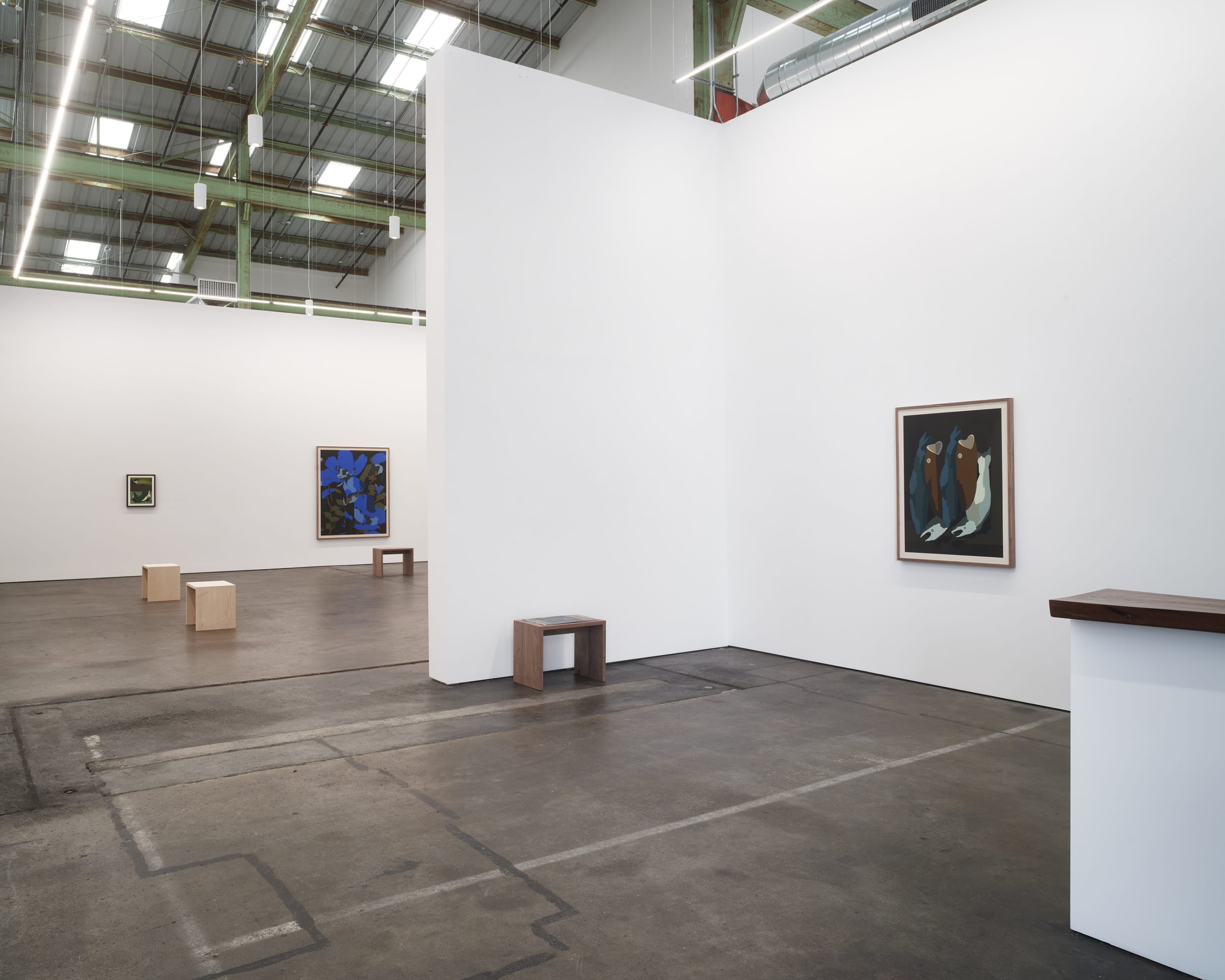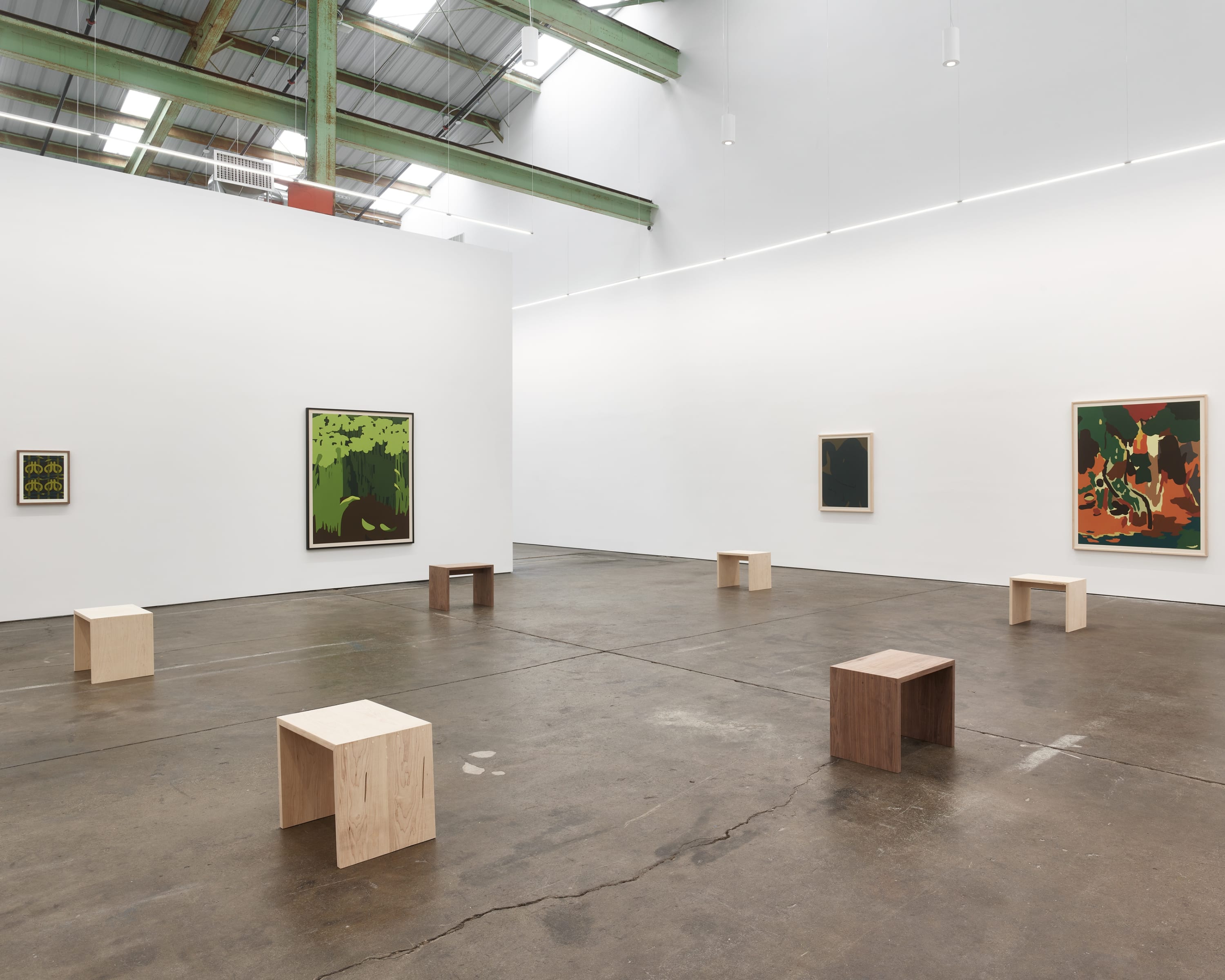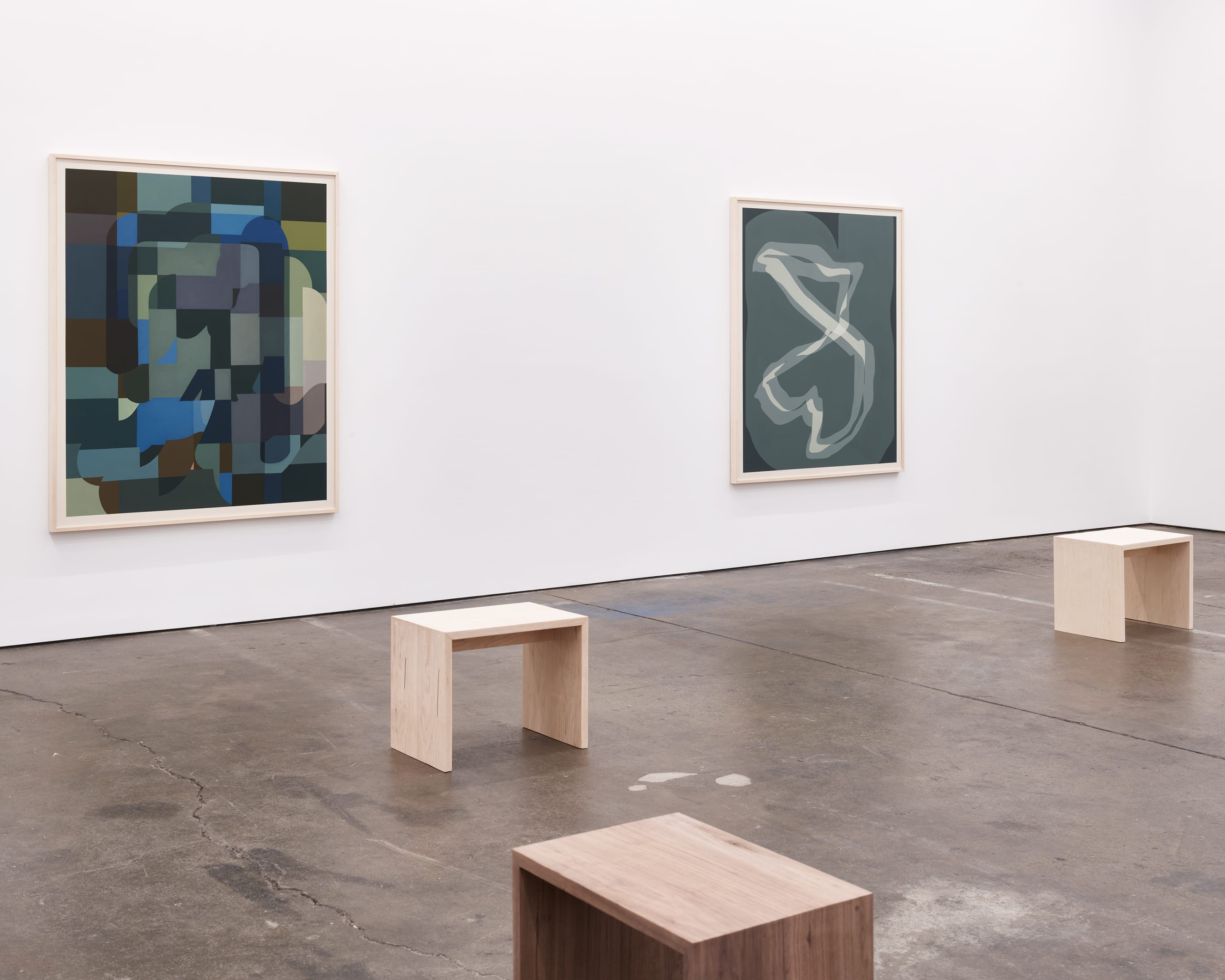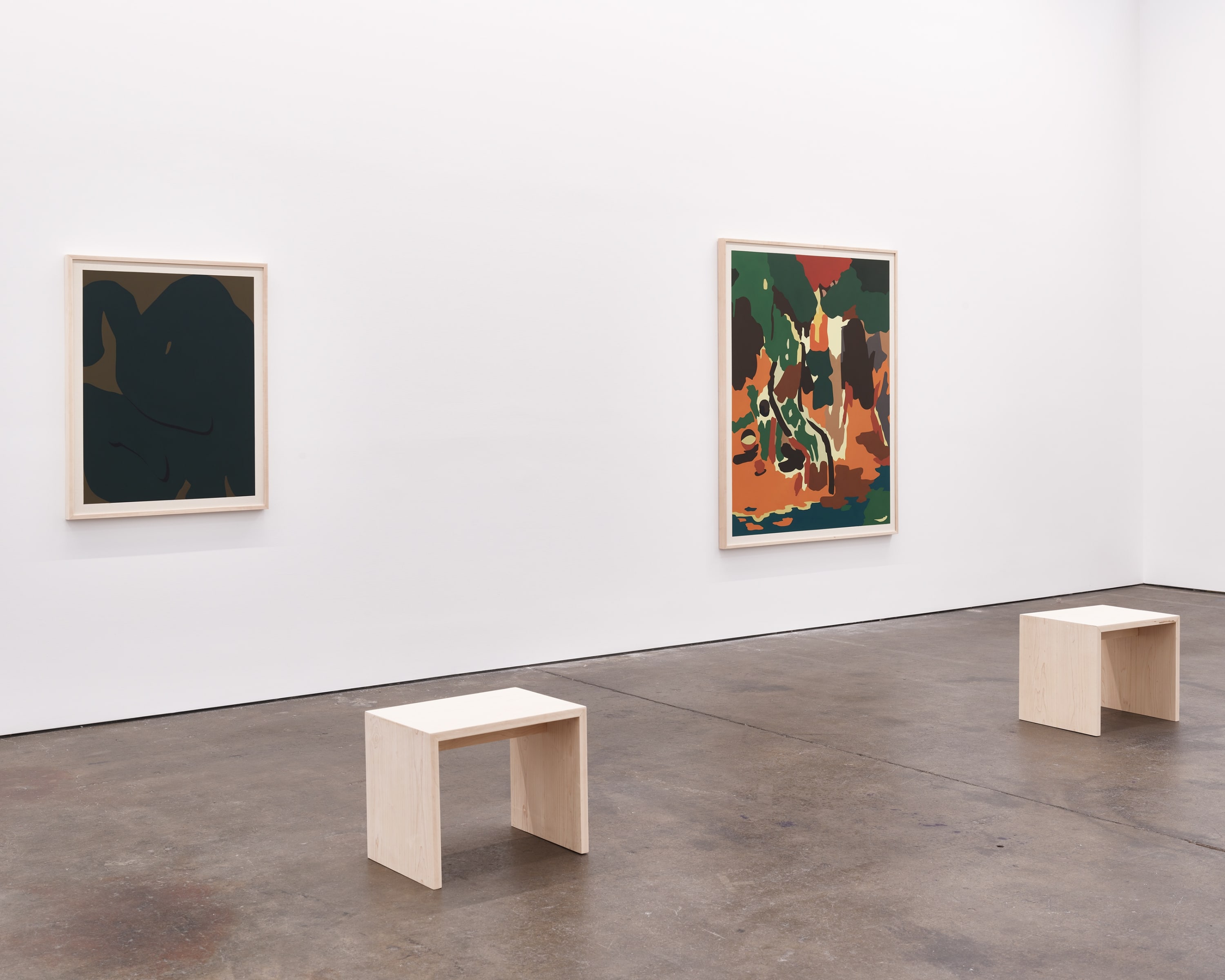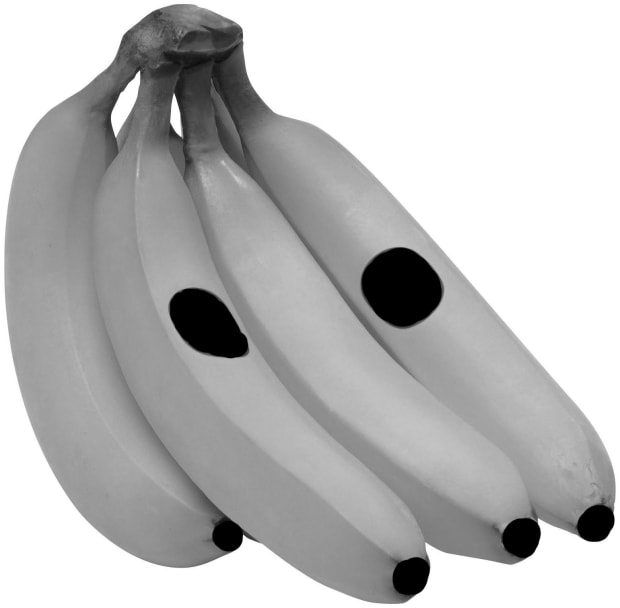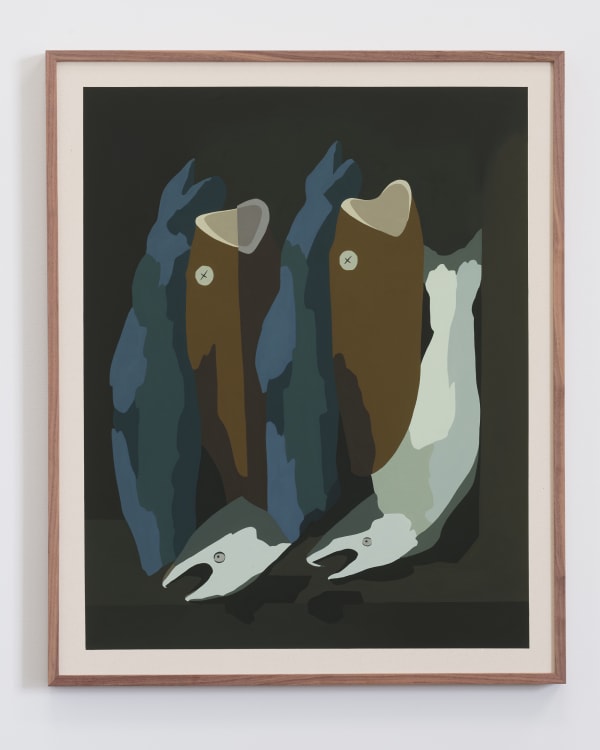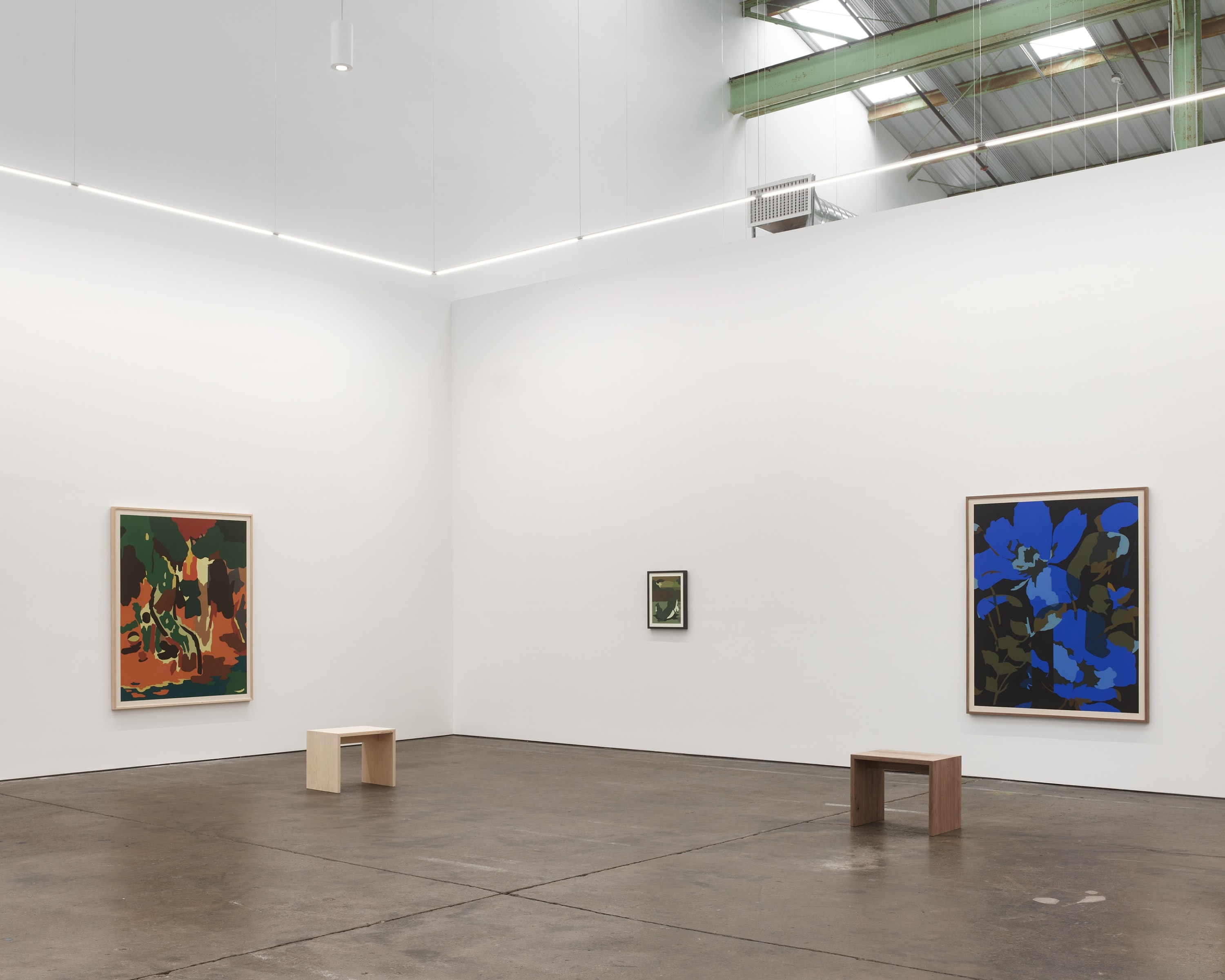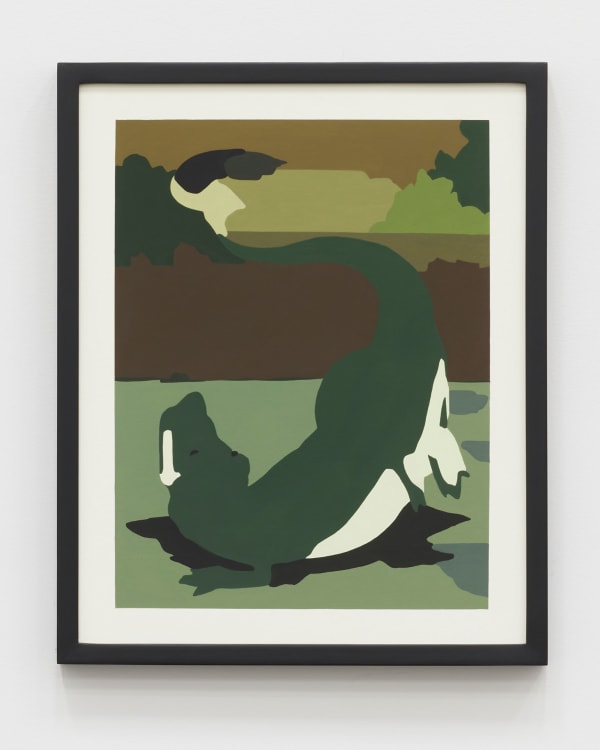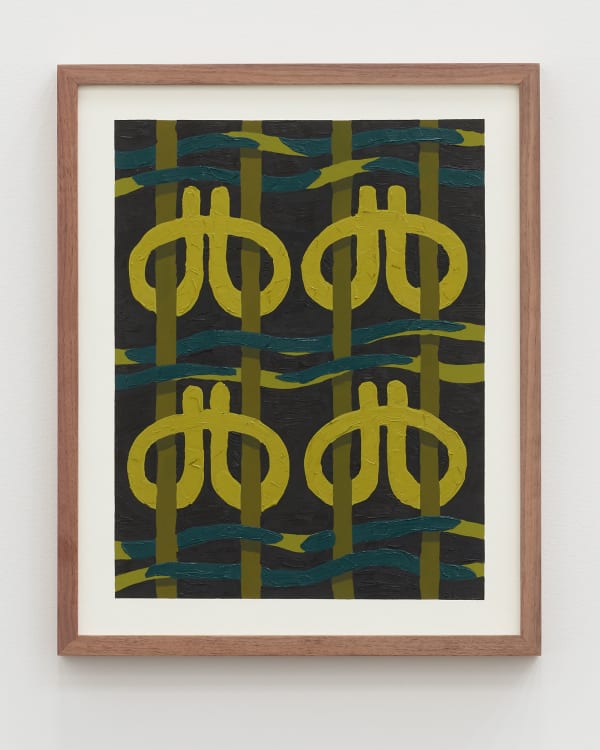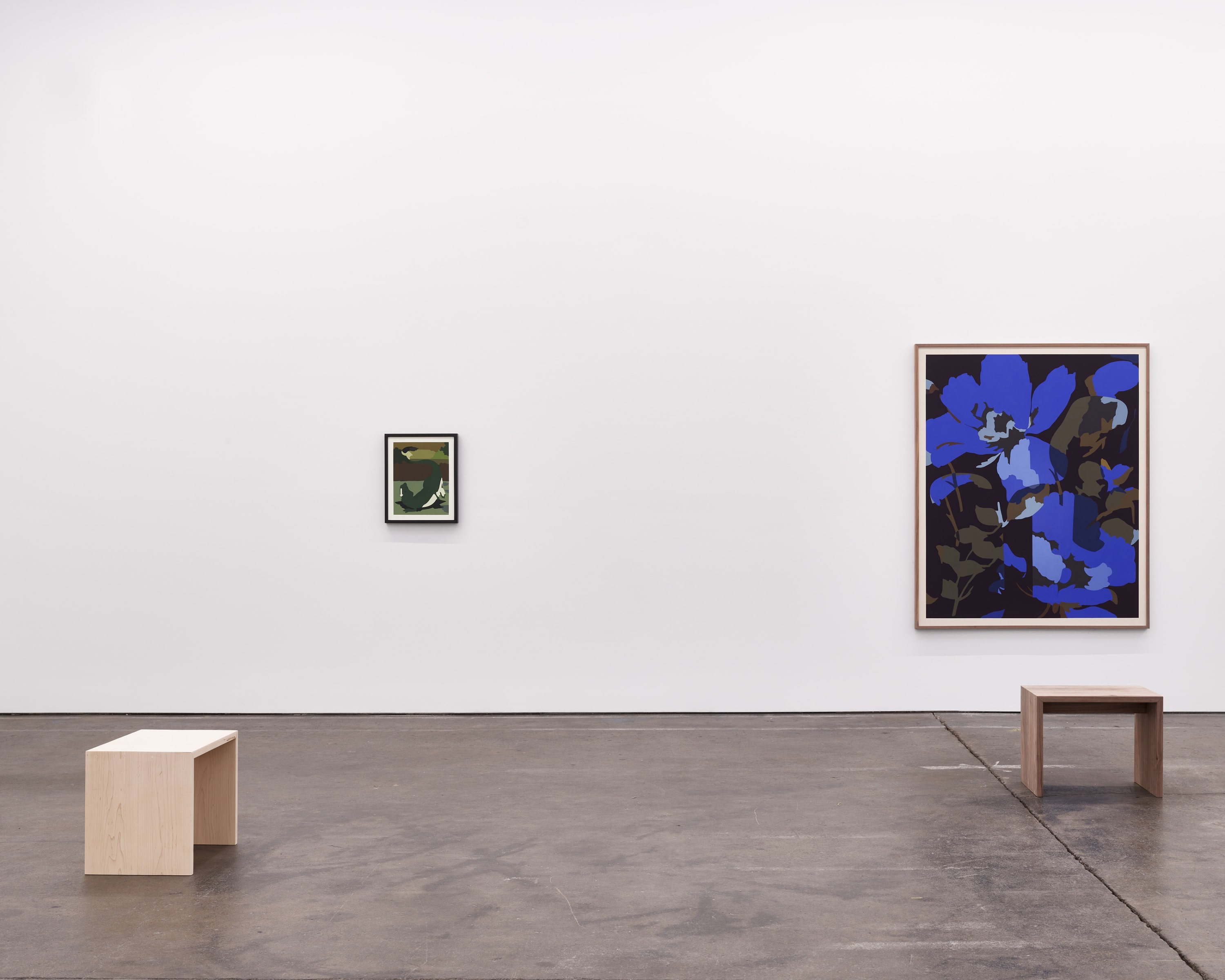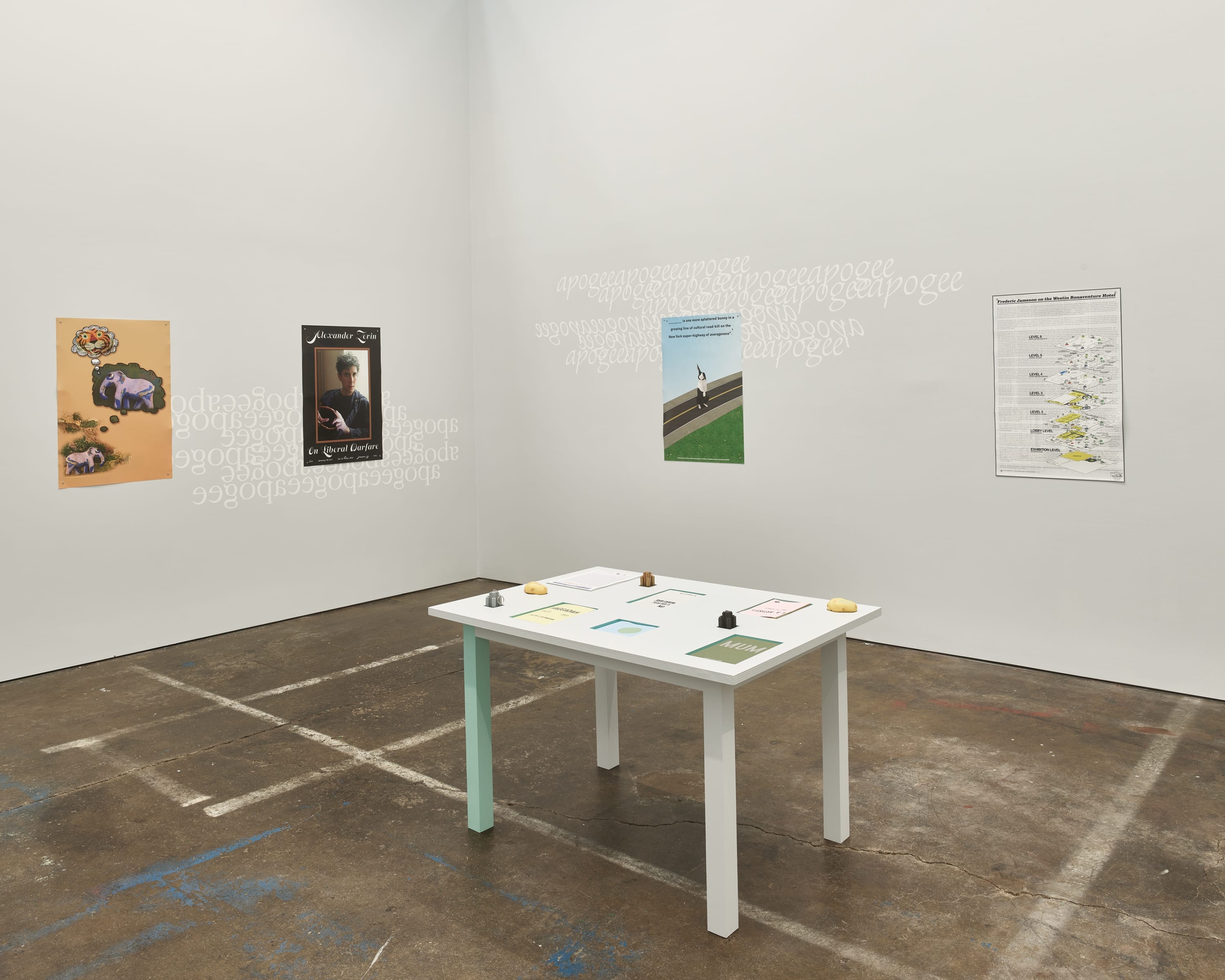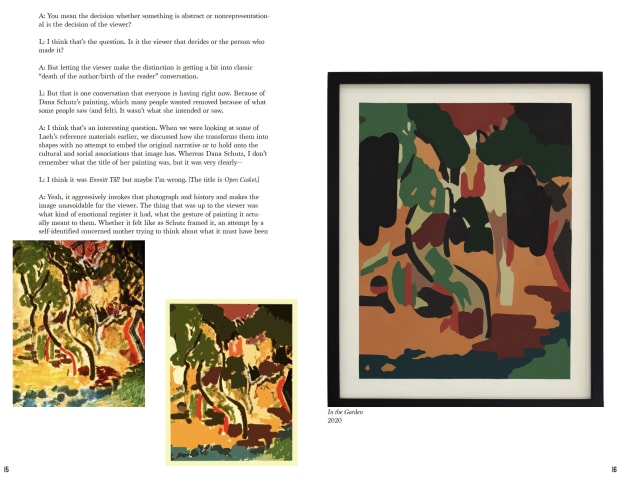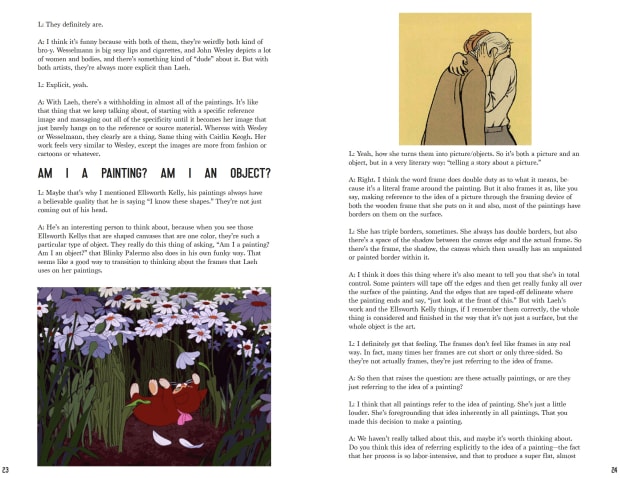-
"Well, if you can't laugh or think, what can you do?"
Asked Milo.
"Anything as long as it's nothing, and everything as long as it isn't anything," explained another.- Norton Juster, The Phantom Tollbooth
-

-
Altman Siegel is pleased to present The Doldrums, a solo exhibition of new paintings by Laeh Glenn. Sailors are cautioned to avoid the windless waters of the doldrums but in Norton Juster’s 1961 novel, The Phantom Tollbooth, young Milo finds meaning in his journey into boredom. Laeh Glenn’s exhibition The Doldrums is an exploration of suspended time, flatness, and the potential of melancholia.
-

-
Unequivocally shaped by tone, Glenn’s paintings are long-resonating in that they often hit deep frequencies of distance, absence, mediation, nostalgia, and absurdity. Drawing from and manipulating imagery sourced online, Glenn’s paintings reference the monotony of everyday reality while reveling in the bliss of escape into fantasy. Like the magical quality of sleepiness which reminds us of human frailty under the weight of the day while creating a mystical twilight space between consciousness and illusion; Glenn’s paintings create an elusive and subtly lingering mood.
-

-
Glenn's practice explores the conflation of historical and contemporary precedents in painting and the way in which we often experience images today, through their digital representations online. Her paintings address the digital life of an image; how repetition and sharing affect quality and context and how a physical painting can speak to the altered and damaged images that surround us. Although her source material is diverse, Glenn’s paintings are uniformly characterized by a flattened application of paint. Her perfectly articulated edges and matte surfaces are executed in refined and controlled color palettes. She often returns to the same image multiple times, with each subsequent painting shifting slightly in tonality, texture or scale. These subtle shifts mimic the effect of an image’s digital experience as it travels from screen to screen. A signature recurring display methodology is a border of raw canvas surrounding the painting and a handmade wooden frame, reinforcing the object quality of Glenn’s paintings in contrast to their digital inspirations.
-

-

-
-
-

-
-
The Phantom Tollbooth (clip)
Directed by Chuck Jones, Abe Levitow, & Dave Monahan, MGM Animation/Visual Arts, 1970. -
-

-
-
-
-

-

-

-
-

-
-

-
-

-

-
100% of the proceeds from Parable of the Sower benefit The Black School.
-
-
-
Laeh Glenn lives and works in Sebastopol, CA. She received her B.F.A. from California College of the Arts in 2008 and her M.F.A. from UCLA in 2012. Her work has been included in numerous exhibitions including "Nothing will be as before", Tanya Leighton, Berlin; "Fine Barrens", Tanya Bonakdar Gallery, New York; "Painting in the Network", Cessman Center for Visual Arts, University of Louisville, KY; "Architecture of Life", Berkeley Art Museum and Pacific Film Archive, Berkeley; "Background/ Foreground", Galerie Nordenhake, Stockholm; "Face to Face: A Selection of International Emerging Artists from the Ernesto Esposito Collection", Palazzo Fruscione, Salerno, Italy; "Call and Response", Gavin Brown's Enterprise, New York, NY; "Another Cats Show", 356 Mission, Los Angeles, CA; "Green Circle, Black Diamond", Ratio 3, San Francisco, CA.
-
FOR MORE INFORMATION PLEASE CONTACT ALTMAN SIEGEL AT (415) 576-9300 OR INFO@ALTMANSIEGEL.COM.

